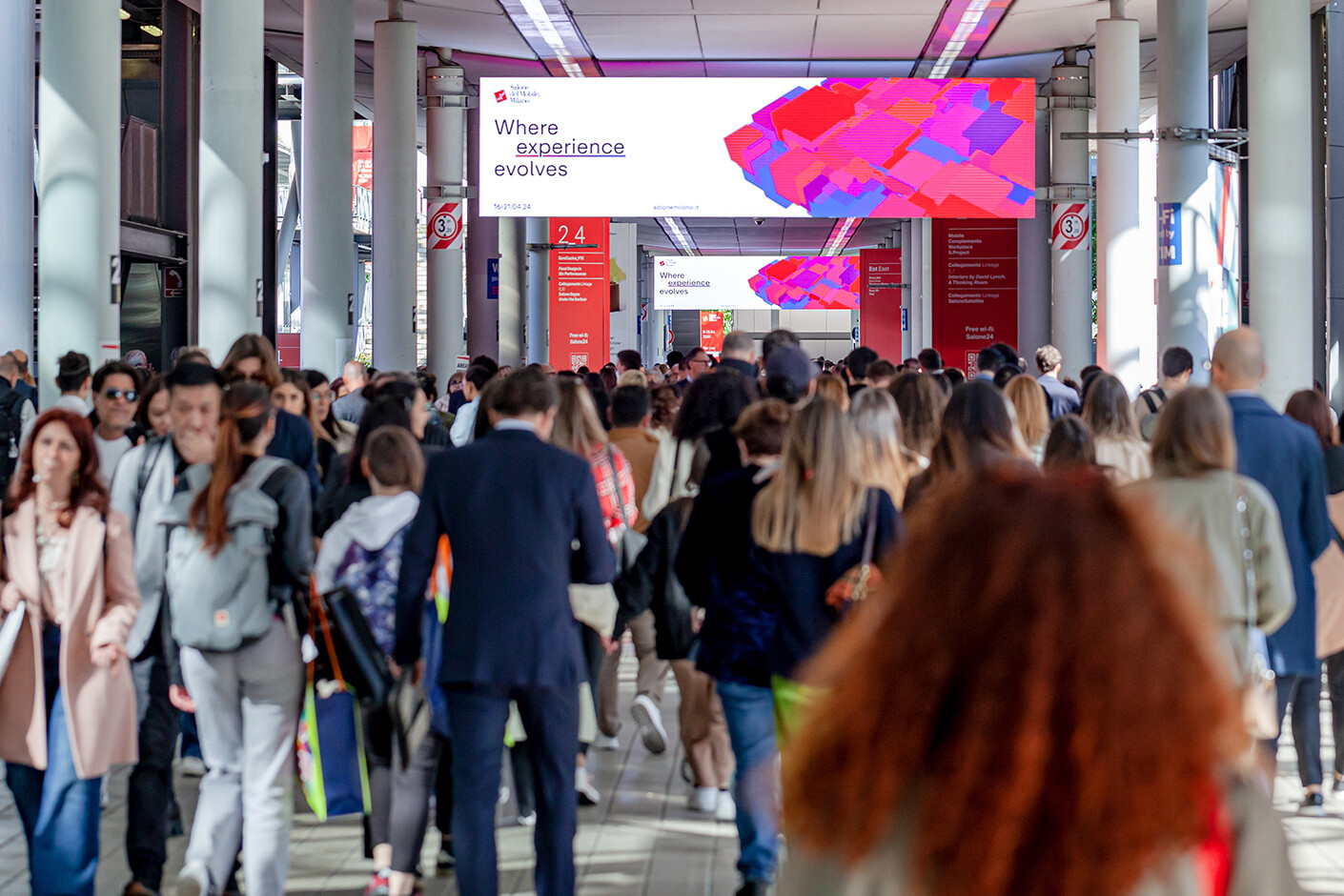
Nostalgia and drive
4/23/2024

To mark the Bauhaus centennial Tecta has launched an experiment – »BauhausNowhaus«. The initiative impressively demonstrates that the concepts, ideas and furniture of the Bauhaus era have lost nothing of their fascination and functionality of almost 100 years ago. Tecta thus brings the vitality and enthusiasm of the past forward into the present. As a tangible expression of this fascination, a group of ambitious designers around Tecta are now personally rethinking the classics. Be it icons such as Walter Gropius F51 armchair, Erich Brendel's M10 tea table or Marcel Breuer's D4 club chair. New accents, proportions, plus contemporary and poetic impulses link the concepts of the young designers. With respect and playfulness, they boldly challenge these icons and show us: Bauhaus is alive, open to change, and as up-to-date as ever after 100 years.
For her interpretation of a Bauhaus piece, Kerstin Bruchhäuser chose the unpadded D4 chair by Marcel Breuer. Designed as a versatile solution “for ships, patios, summer houses, gardens, garden cafés, etc.,” the collapsible tubular steel lounge chair with fabric straps made its first appearance in 1927. Already an icon, Breuer’s mobile D4 has been part of the Permanent Collection of the Museum of Modern Art (MoMA) in New York since 1980.
For her version, Kerstin Bruchhäuser decided to leave the tubular steel frame of the D4 as it is, in order to focus on the design of the textile surfaces – seat, back and armrests.
Over the course of three months she created an elaborately hand-sewn patchwork, using the traditional Korean pojagi technique. Fabric scraps are sewn together using a distinctive seaming technique that makes the back and front look almost identical. This results in a fabric that is aesthetically pleasing from either side.
As a reference to the four basic colours, Bruchhäuser chose four shades for her fabric: yellow, green, blue and pink. “Following the Bauhaus philosophy, I deliberately restricted the patchwork to four colours,” she explains.
The used fabric scraps have global roots: Some are from Tecta’s workshop in Lauenförde. Another fabric comes from German army backpacks she found in a second-hand military supplies store in Los Angeles. The blue patches are from old jeans, teamed with an old Japanese kimono fabric to create a symmetrical pattern. The heart of her patchwork is a butterfly on the kimono fabric, right in the centre of the D4‘s seat, from which the entire pattern unfurls. The fabric scraps are arranged in perfect symmetry; being sewn one on top of another by hand there are always slight shifts. “This creates an exciting contrast: The supple fabric with its slightly offset seams is pulled onto this super straight and shiny steel tube,” explains the Hamburg-based designer.
With her interpretation Kerstin Bruchhäuser takes the D4 into a new future: The mix ‘n match patchwork of fabrics based on a Korean sewing technique not only mirrors our global world but also makes a commitment to sustainability. An icon that marries history with zeitgeist.





